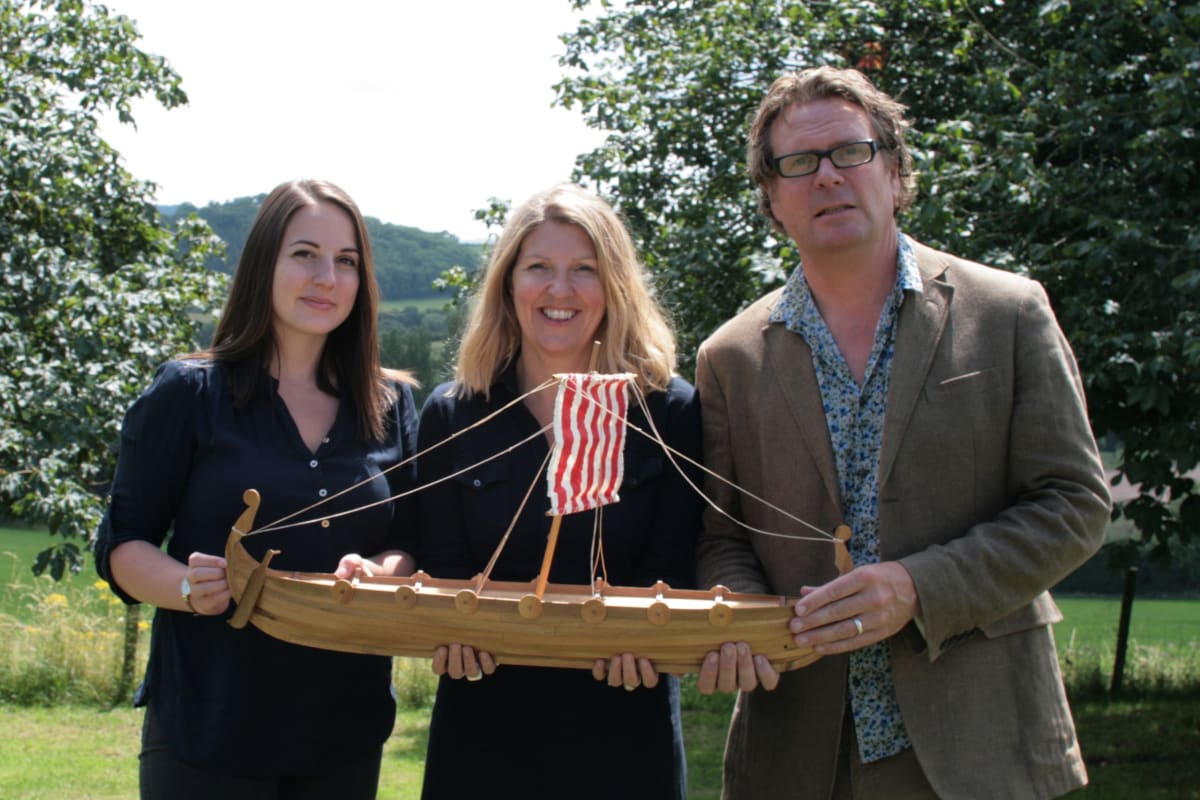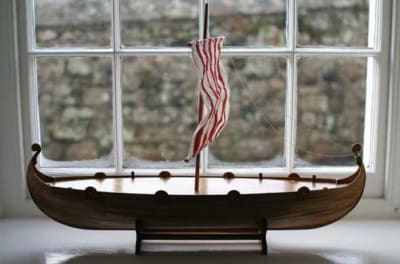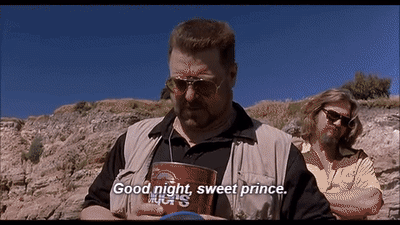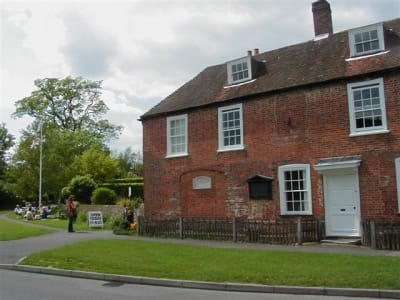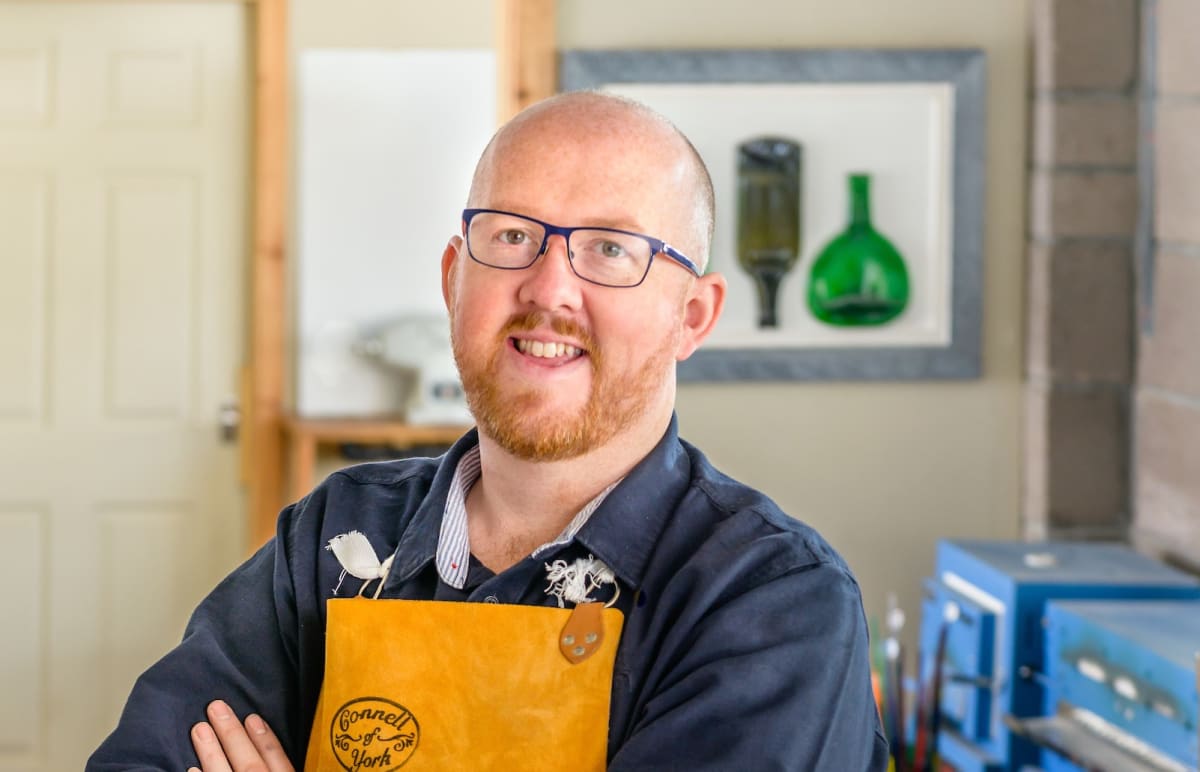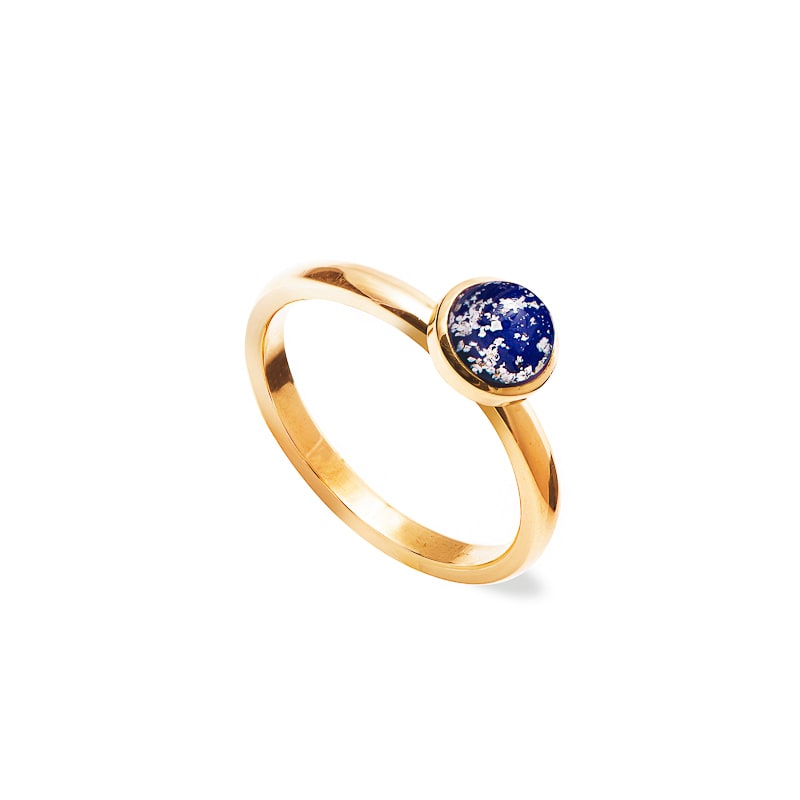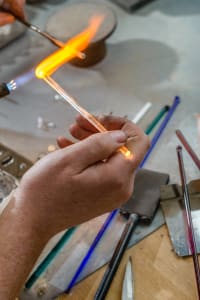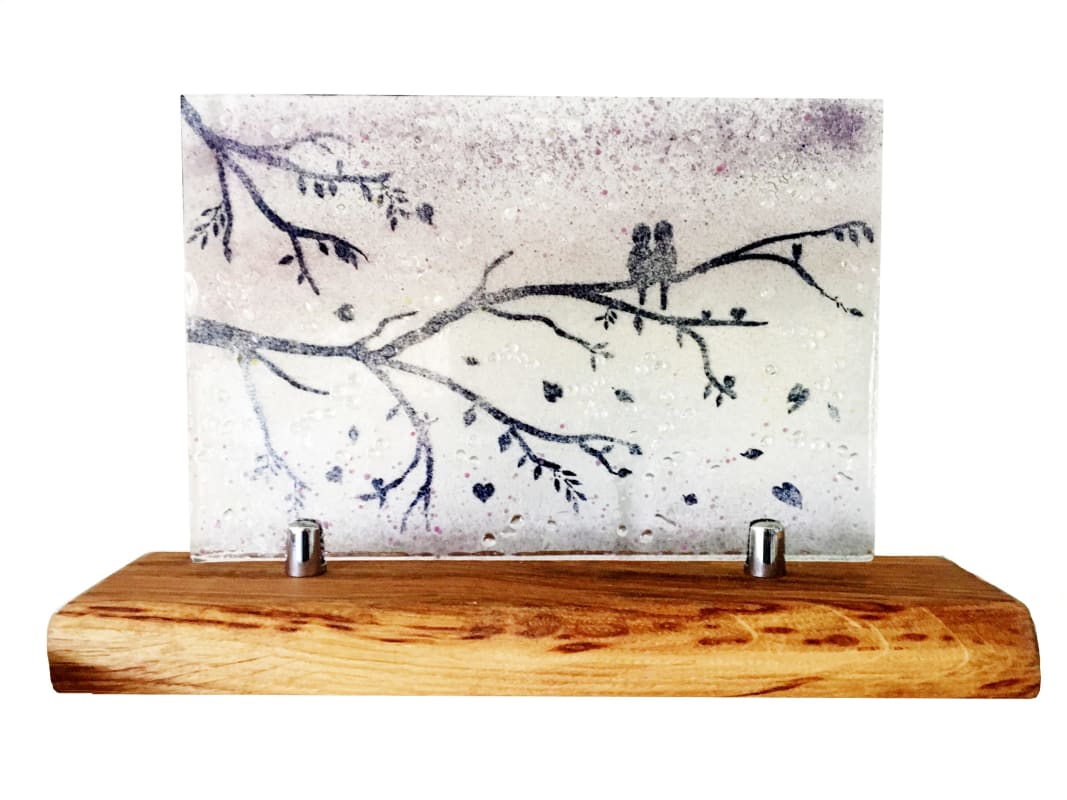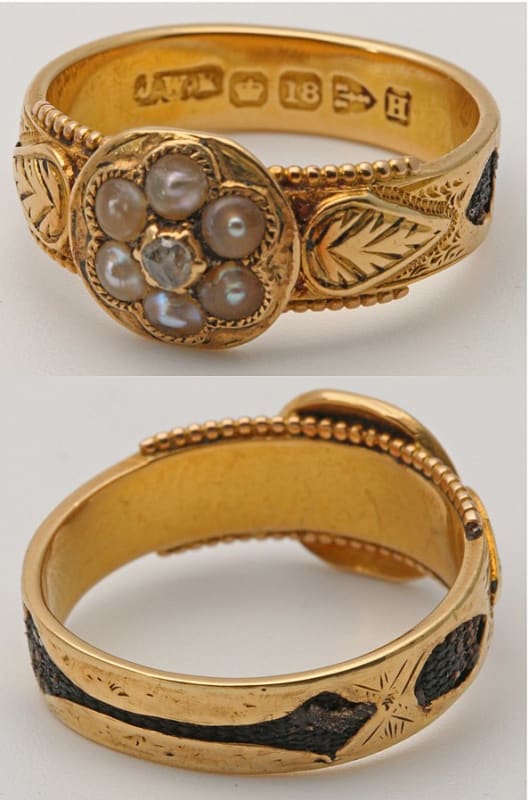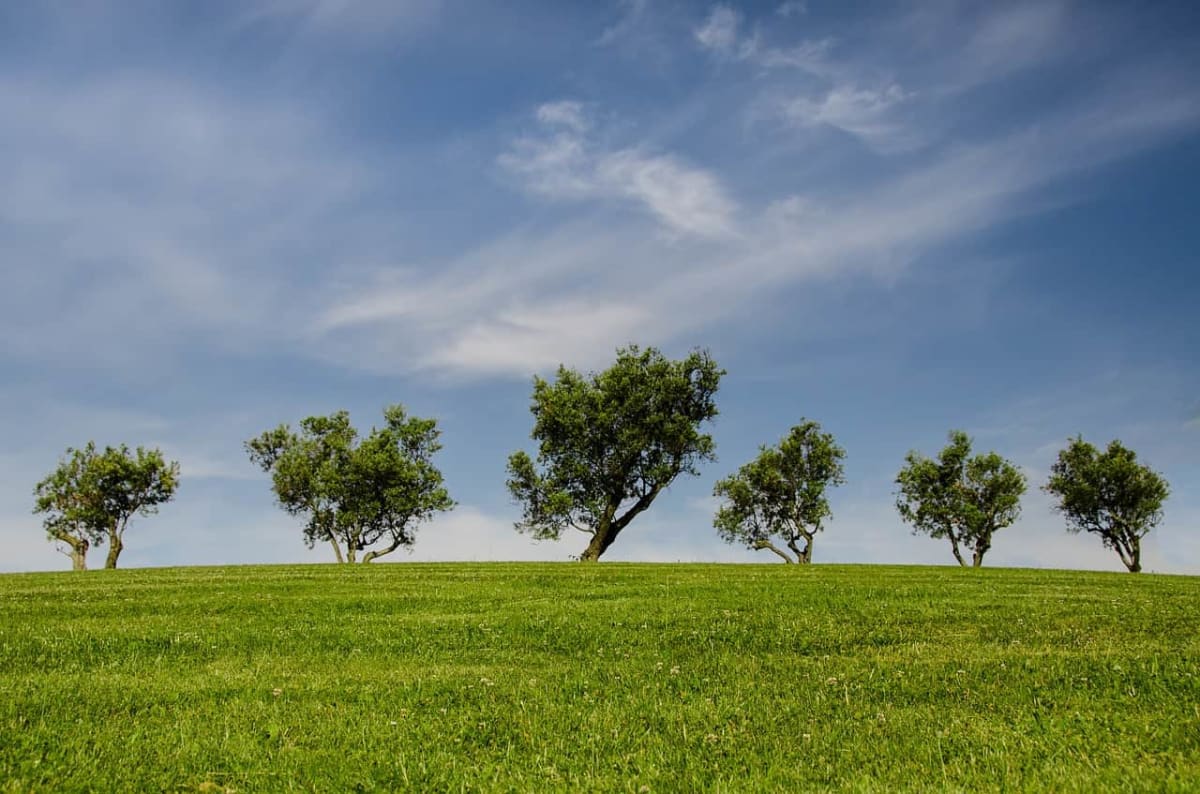
As ever greater numbers of people begin to consider the environmental impact of their funeral choices, a rising number of businesses are catering specifically for greener funeral alternatives. At the recent National Funeral Exhibition, we caught up with Yvonne Germain, Manager at the Association of Green Funeral Directors, at their stand.
The Association of Green Funeral Directors is one of the leading voices in driving sustainability and environmental awareness among both customers and funeral directors in the UK’s funeral industry. It has two principal stated aims: to help members of the public to find greener-minded funeral homes and services in their area, and to encourage funeral directors to become more environmentally friendly in their day-to-day work.
If you’re keen to minimise the environmental impact of a funeral which you’re arranging, you can see from funeral director profiles on Beyond whether or not a funeral director provides eco-funeral services. You can also specify how green you’d like your own funeral to be when you take out a funeral plan.

Hello Yvonne. How are you finding the NFE this year?
Busy! There’s a lot of people here to talk to, though our message seems to be well received.
What is the message you’re trying to get across over the course of the weekend?
To members of the public it’s that viable and attractive green funeral options do exist, and to funeral directors it’s that we can help them to become more eco-friendly, or at the least to help them in expanding their green offering for the more environmentally conscious customer. Naturally we’re also here to catch up with some of our members, who are spread all over the country.
How long has the Association been around for?
We were founded in 2009, and we have really grown over the past two years as more people and funeral directors become aware that there is an environmental consideration to a funeral. For us, it’s all about making people aware that they have a choice.
How do you help people in this regard?
We want to provide the public with options and to educate them about what is out there. We have a list on our website that shows all the funeral directors and other companies that are members or associate members with us and that provide green products for funerals and services.
People can also contact us and we will find them green options for a funeral within the area and provide them with the right information about the options they can take.
It does seem like there has been a growing demand for eco-friendly options in general, which I guess does translate into the funeral industry?
Over the last couple of years there has certainly been a lot more interest. I think beyond the green aspect people are becoming aware of the fact that there are alternatives out there and that you do not have to have what I would deem a ‘traditional funeral’. For example, interest in end of life doulas has increased recently, and we even have a few on our associate members list.
What do you think is driving this change?
I just think people are more aware generally. From our perspective, we have found that people are more concerned about the planet and are trying to be more eco-friendly. People now look for a natural burial site or a cremation service that guarantees zero emissions and the options are only going to improve over the coming years.
A natural burial site seems to be the most popular choice for those looking for an eco-friendlier approach, but what other options are there?
It’s three main things: natural burial over cremation (natural burial grounds are seen as the green choice) because they do not need to be mown and maintained to anything like the same degree as traditional cemeteries. Although cryomation and resomation are also seen as more environmentally friendly, coffins made of willow, bamboo and various grasses, which are more easily biodegradable, are also a good starting point for a greener funeral.
If there is a need for embalming, there are natural embalming materials available. People had been looking after bodies for years using natural products, but then we gradually started to introduce all sorts of chemicals such as formaldehyde into the process. These can seep into the ground where someone is buried and pollute the ecosystem. It is only recently that we are starting to see things moving towards more natural methods again.
We have also seen a lot of interest in the use of ‘greener flowers.’ We recommend natural and living plants, or floral arrangements that can be taken home after the funeral and planted in a garden as a memorial, or divided between the family. It is also important to us that they are local, in season and grown using natural products. One member company we know of hires out silk flowers to her clients and the money she raises goes entirely to charity.
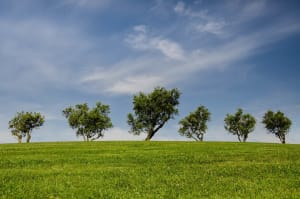
You could argue that the eco-friendly funeral is nicer, taking place in a beautiful, unspoilt natural burial ground and with one of these marvellous willow coffins which you have on show here…
Yes, I agree. In a way, going into a crematorium where you have a half hour slot always seems very clinical to me. I think opting for an eco-friendly approach generally looks a little softer anyway, but it always comes down to the individual as everyone deals with death in their own way.
I guess it makes sense that those living in a city would opt for a crematorium?
There aren’t that many natural burial sites, especially in urban areas as you point out, but there are more and more being introduced. The thing is that there tend to be a lot of legal issues, as there is a need to make sure that the site is not going to be used for anything in the future, which in turn makes it harder for larger cities to contain natural burial grounds. I hope that as green funerals become more popular, more sites will become available.
Sounds like there’s reason to be optimistic for the green credentials of our industry in the future. Thanks for your time Yvonne.

